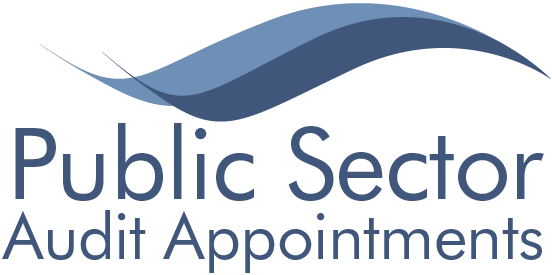An overview of our approach
With the IAASB framework as the starting point, we worked with our Advisory Panel and other key stakeholders to develop our approach to audit contract quality monitoring the services provided to opted-in bodies from 2018/19. We have refreshed our approach to reflect changes in the audit services contracts for the audits from 2023/24, including seeking feedback from the Advisory Panel.
These principles provide the drivers of our approach to monitoring audit contract quality, which seeks to be:
- holistic – includes a range of actions (encouraging, monitoring, reporting);
- engaged – links with all parts of the financial reporting supply chain including audit committees and regulators;
- informed – brings together intelligence from a variety of sources;
- transparent – information is shared openly where possible;
- drives continuous improvement – recognises progress will be made by small gains;
- proportionate – arrangements should not be unduly bureaucratic or place undue burdens on audit firms; and
- timely – encourages action to be taken when required.
The IAASB framework recognises there is a complex interplay of many factors in audit quality and notes the need for a rounded approach. We have set out below the sources we will use to monitor audit quality for the three tests to provide a rounded view. The diagram below summarises our approach.
| IAASB Audit Quality Framework | PSAA audit contracts |
|---|---|
| Key attributes of quality audits | Method statements |


| 3 critical tests | Sources of evidence |
|---|---|
| 1. complies with professional standards and guidance? 2. complies with contractual requirements? 3. has excellent relationship management? | – professional regulatory reports – firms’ transparency reports – contract monitoring data – client feedback – formal and informal interactions with firms |

| Evidence-based outputs | Firm focus | System-wide focus |
|---|---|---|
| Performance against KPIs | ✓ | ✓ |
| Contract Compliance | ✓ | |
| Quarterly report and latest insights: | ||
| – Regulatory reports | ✓ | |
| – Transparency reports | ✓ | |
| – Client feedback | ✓ | ✓ |
| Annual summary report | ✓ | ✓ |
Our approach in more detail
We hold formal quarterly contract monitoring meetings with each contracted audit firm, in addition to having regular dialogue on specific matters. We publish information on the quality of services delivered under our audit contracts to promote transparency and to report on contract compliance.
1. Adherence to professional standards and guidance
Information on the audit firms’ adherence to professional standards and guidance will come from the results of professional regulatory reviews completed by the Audit Quality Review Team (AQRT) for the Financial Reporting Council and the Quality Assurance Department (QAD) for the Institute of Chartered Accountants in England and Wales, the principal RSB for local audits in England. The regulators will be reviewing a sample of local audits. Our contract monitoring of audit quality is based on the work and the reports of the regulators.
We will triangulate the work of the regulators with information on audit quality provided by audit firms in their transparency reports and from their own internal quality monitoring reviews (iQMRs).
2. Compliance with contractual requirements
Information on an audit firm’s compliance with contractual requirements will come from a range of sources including:
- Complaints both formal and informal.
- An assessment of a compliance with our Terms of Appointment covering a range of areas such as use of auditors’ specific powers, objections, fee variations, rotation of key staff, non-audit services work, and data confidentiality.
- An assessment of a compliance with its Method Statements. Each audit firm in its tender response provided details of its approach covering audit delivery (in terms of quality assurance, capability, resourcing and capacity), communications and social value. The Method Statements are incorporated within the contract. Annually firms must provide evidence of their delivery and compliance. Where practicable we will test and triangulate the evidence provided with information from other sources e.g. client feedback.
- An assessment against key performance indicators within the contract.
- Other assurances such as information assurance, economic and financial standing, and modern slavery.
3. Relationship Management
Information about an audit firm’s relationship management will come from monitoring the delivery of the communication commitments contained within their Method Statements, reviewing audited bodies’ ad hoc enquiries and any complaints, and an annual survey covering all audited bodies. We will issue a survey to each audited body’s representatives of both management (typically the s151 Officer) and those charged with governance (typically the Chair of the Audit Committee or equivalent).
